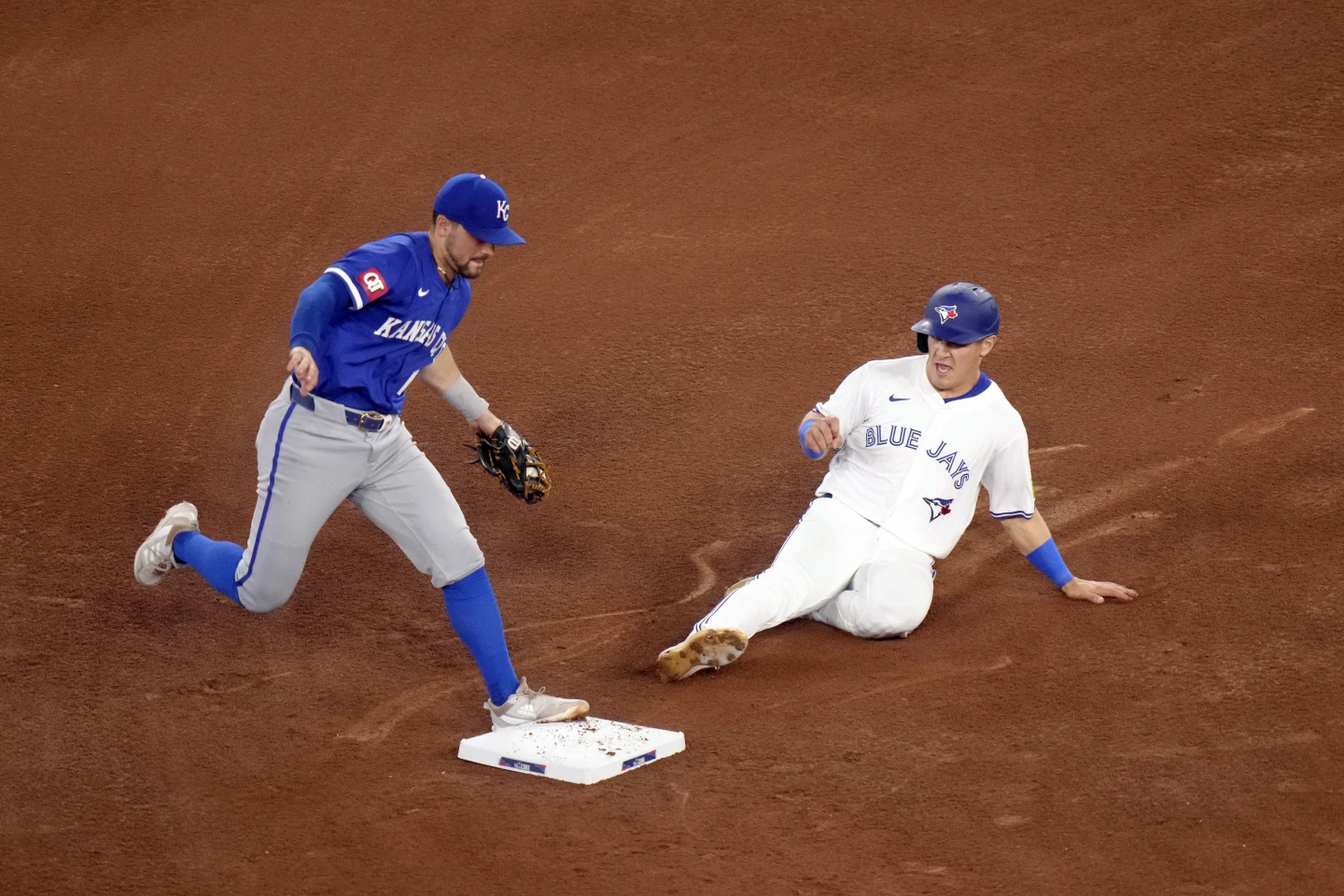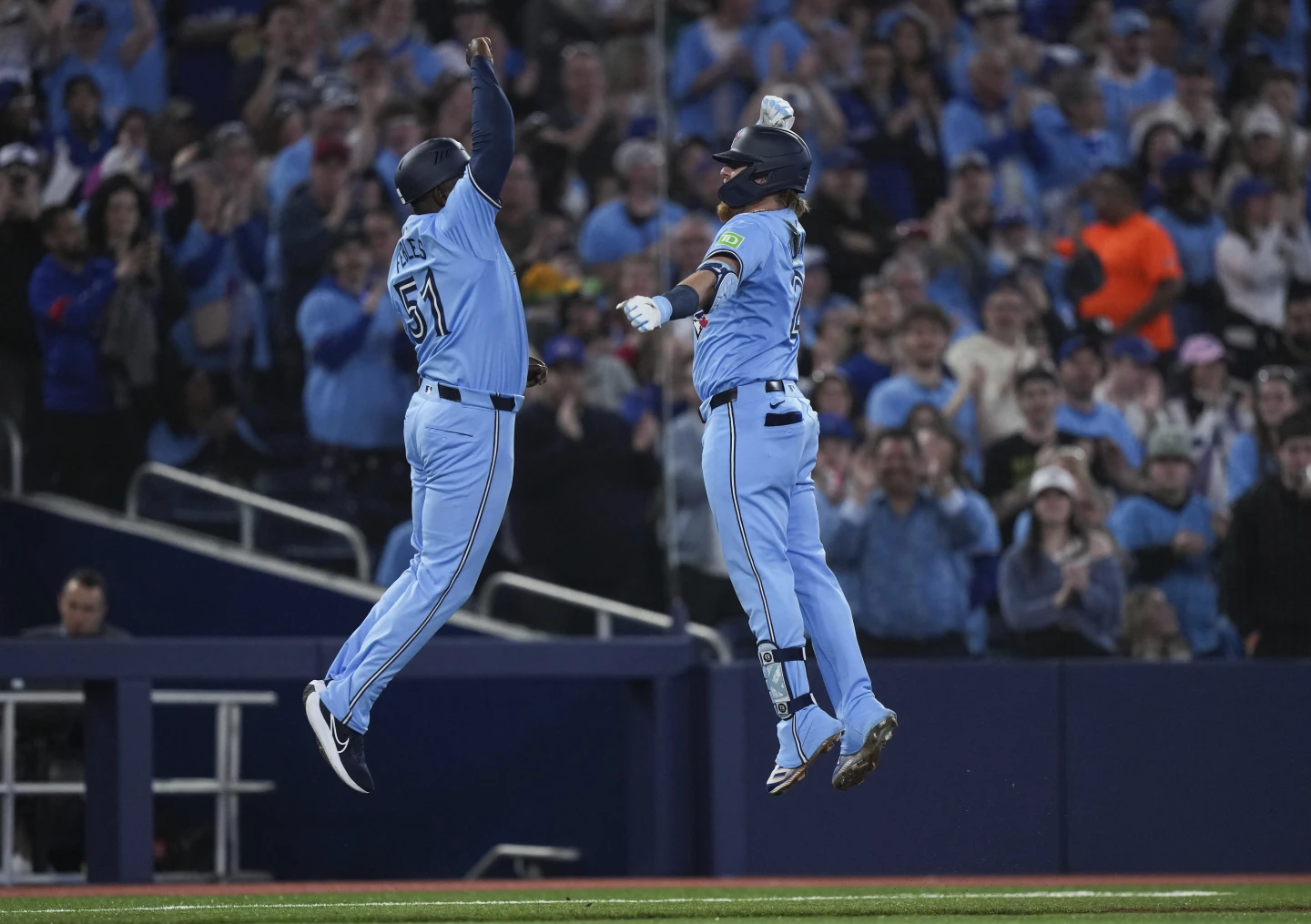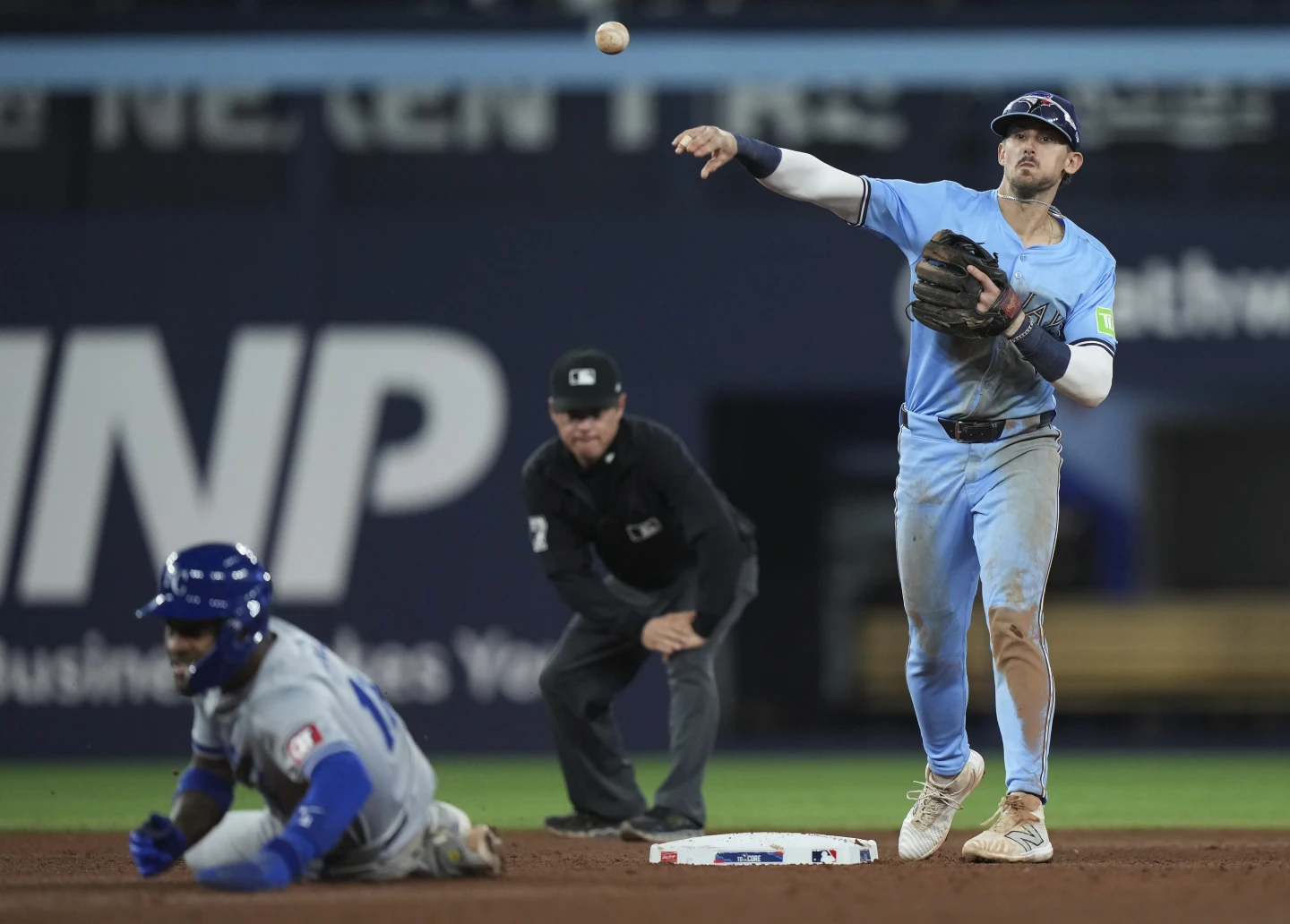Changes have been made to the field at the Blue Jays’ home stadium. This year, the foul areas at Rogers Centre have been made smaller. Last year, the outfield walls were brought in and made higher. Some of these walls now run parallel to the first- and third-base lines.
Players are finding these changes a bit risky. Blue Jays outfielder Daulton Varsho mentioned that colliding with these walls could lead to injuries, like spraining an ankle.
The first phase of the $400 million renovation focused on the stadium’s upper bowl and fan zones. Part of this involved bringing in the left-center field wall by 7 feet and raising it by over 11 feet. The right-center field wall also moved closer and was raised higher.
In the second phase, the foul territory was reduced by about 3,000 square feet, and walls were added alongside the foul lines. Previously, outfielders could lean into the stands to catch a foul ball. These changes are affecting how outfielders like Varsho approach catching the ball.
“When balls come down there, they stick close to that wall, so it’s like you have to act as a goalie to stop it,” said Varsho, explaining that you can’t take a curving route toward the ball anymore. “It’s just about knowing what you need to do to get out there and catch those baseballs.”

Schneider, who plays left field when Varsho is in the center, mentioned that he’s had to adjust to the new dimensions in Toronto’s 15 home games this season.
“The foul territory is so short that you can’t run into the wall as hard, or you have to approach it differently,” Schneider said. “Balls hit down the line won’t bounce out anymore; they’ll either hit the wall and come back to the shortstop or keep going to the wall, so you have to handle balls differently.”
The sharp corners and shorter distance to home plate change how infielders play. A hard-hit ball could bounce back into the shallow outfield. A shortstop might have to move toward the outfield on a line drive to left field, and depending on where the baserunners are, the first or second baseman might have to move toward right field to support outfielders.
Kiner-Falefa, who has played at third base 18 times in 31 games for the Blue Jays this season, said he believes Rogers Centre now plays more like one of baseball’s famous stadiums: Fenway Park in Boston.
“It’s like playing in Boston during kickoff, very similar,” Kiner-Falefa noted. “But as a hitter, I enjoy it. With less foul ground, it helps a lot.”
After 15 games, some data is showing how the new dimensions have changed the types of hits at the stadium.
Baseball Savant, which tracks detailed data on every pitch, swing, and play in the season, provides park factors. These stats compare each MLB stadium on various statistics like singles, extra-base hits, home runs, strikeouts, runs, and more complex stats like BACON (batting average on contact, including home runs).

A park factor score of 100 means the stadium is average compared to all other ballparks in the league. A higher number means it has a higher frequency of a specific stat than other venues, and a lower number means it’s a more rare occurrence.
Historically, Rogers Centre has been known as a home run hitters’ park, with a score at or above average 19 times between 1998 and 2022. But after the walls were moved in and heightened in 2023, its rating dropped to 95.
Currently, it has a 94-park factor for home runs. However, singles are now much more common.
In the 26 seasons Baseball Savant has tracked park factors, Rogers Centre has only been above average for singles three times, reaching a modest score of 101 in 2004, 2005, and 2022. So far this season, it’s at an all-time high of 111. Hits in general are also up, with a current park factor rating of 109, four points higher than the previous high of 105 in 2003.
